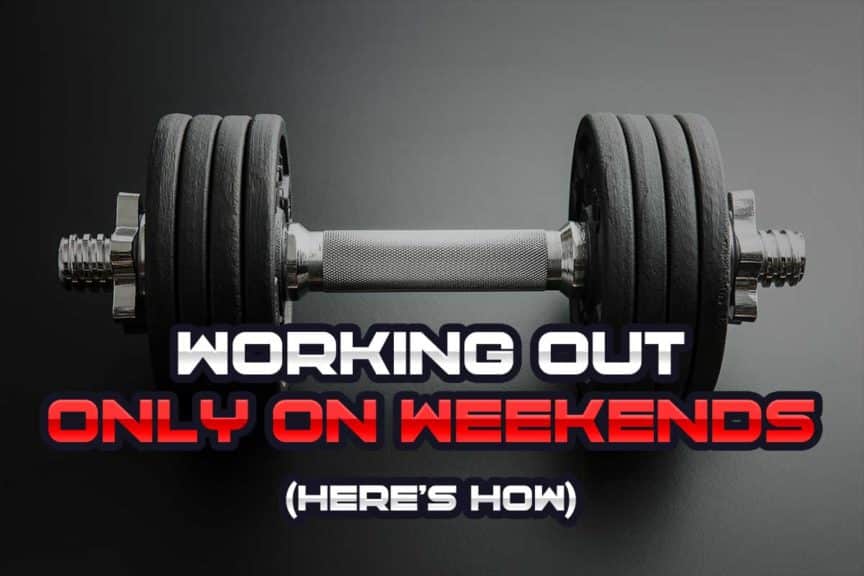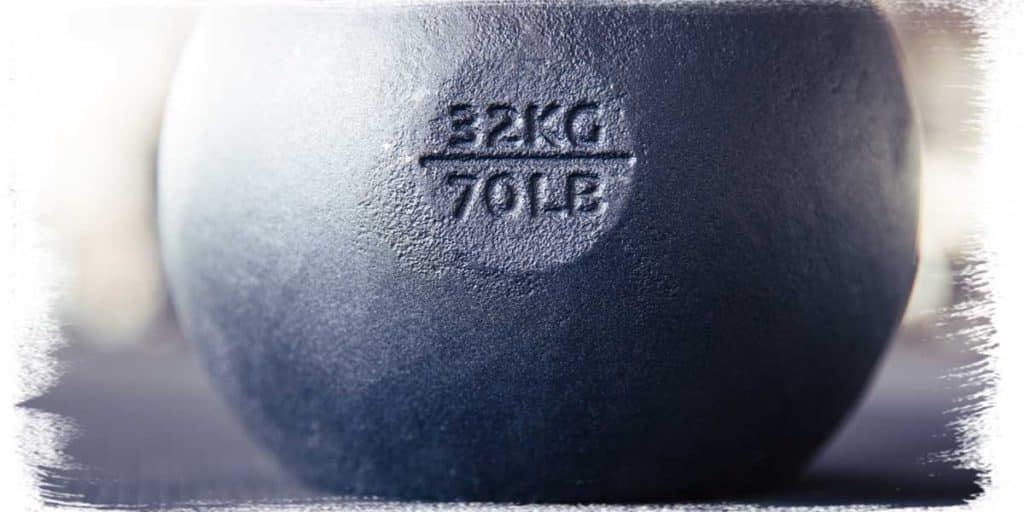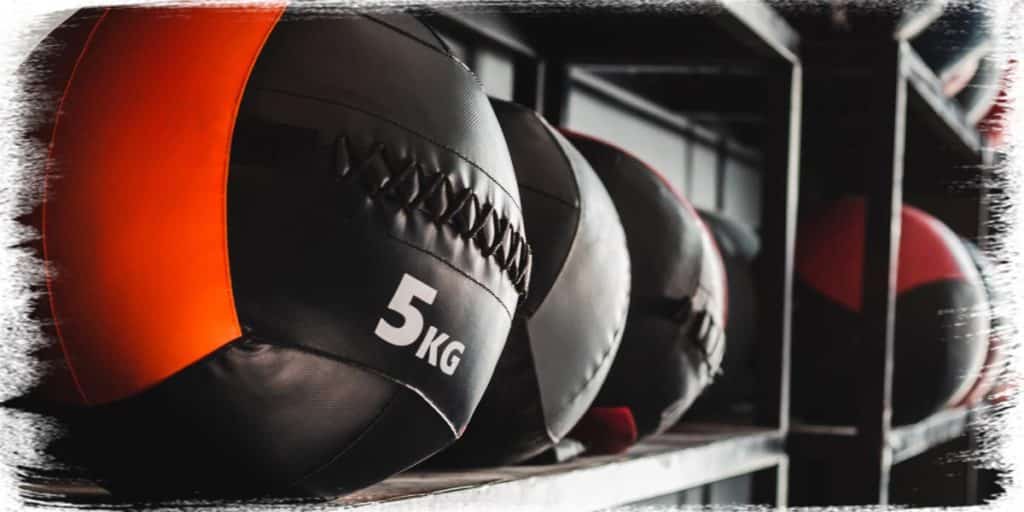I know what it’s like to have a perpetually busy work schedule across the weekdays. There’s often just not enough time during the workdays to get all the things accomplished that we’d like to. Working out is one of those many things. As a result, many people wonder if it’s possible to workout only on weekends and see any real sort of progress. If you have this same question, this article is for you.
To make progress only working out on weekends, you will need to know your training goals, set realistic expectations, watch your diet throughout the week, train with appropriate intensity, use the right training split and incorporate “trigger workouts” on weekdays.
Now, let’s be honest here: working out only twice a week on back-to-back days isn’t nearly as ideal as, say, three or four days per week. But, when it comes to working out, something is a whole lot better than nothing. This applies to your weekend workouts. And if you do this right, you can actually reap a lot more fitness rewards than what the average person might suspect.
So, if you want to maximize your success when it comes to your weekend workouts, keep on reading!
ARTICLE OVERVIEW (Quick Links)
Click/tap on any of the following headlines to jump to that section of the article!
• Determine what your training goals are
• Set reasonable expectations
• Be mindful of diet throughout the week
• Pick the right training split
• Understand your ideal training intensity
• Consider “trigger workouts” on weekdays
Related article: Getting Inspired to Exercise: Tap Into This Game-changing Mindset
Determine what your training goals are
The first step in being successful with working out only on weekends is knowing what you want to achieve. After all, if you don’t know what you’re after, how will you know if or when you get it?
You need to know your training goals, as they will ultimately determine multiple facets of your workouts; they will determine your exercises, your workout split, your workout intensity and perhaps even your workout location.
Whatever your goals may be, just make sure you know what they are.
FYI: For the sake of simplicity within this article, I will be basing the content off of the belief that your goals involve some sort of aspect with improving body composition, muscular strength, endurance or other physical parameters.
Once you know what you want your training goals to be, proceed to the next section of this article.
Set reasonable expectations
Once you know what you’re after, you need to remember that training only on weekends is not the most ideal of circumstances. But that’s ok — not everything in life is ideal. In such times, we must do what we can and stay the course until more ideal situations arise.
But we need to keep our expectations in line with reality here as well. While it’s possible to put on some lean mass, improve your overall body composition or enhance your general fitness with these weekend-only workouts (if done correctly), don’t expect the quickest or most drastic results compared to someone who trains three or four days per week.
You can certainly maintain your current levels of strength and overall fitness with decent weekend workouts. And, sometimes, maintenance is the perfect training goal until it’s possible to commit to a higher weekly training frequency.
Maintenance is at times an ideal and realistic goal for those who periodically go through busy phases with their lives, which otherwise preclude a higher weekly training frequency. Sometimes the right move to make in this situation is to simply maintain your current fitness levels until life settles down again.
Don’t feel bad if this happens with you — it basically happens with everyone at one point or another, even fitness enthusiasts such as myself.
Be mindful of diet throughout the week
Regardless of whether you’re training only on the weekend or multiple times throughout the week, there’s a universal principle at play here:
You cannot out-train a bad diet.
And since you’ll only be working out on weekends, that means your diet is going to need to be on-point to ensure maximal success (unless body composition is not a factor with your goals, which, sometimes, it isn’t). There’s little room for error here, so the fewer dietary mistakes and slip-ups made, the better.
What your diet will need to look like will be highly dependent on many factors, including (but not limited to) your training goals. Specifics are far beyond the scope of this article, but here are a few universal points to keep in mind, regardless of your goals:
- Keep your food as clean (natural) as possible. Highly processed food won’t help with body composition changes, and likely won’t help with energy levels either.
- Limit a cheat meal to once per week, but don’t go nuts on that meal. A cheat meal can help “take the edge off” and, if only of moderate size, won’t set you back on your goals for body composition or weight loss.
- Keep hydrated throughout each day. It’s not sexy advice, but adequate water intake each day can help reduce cravings while helping your body function optimally.
Pick the right training split
A “training split” refers to how your weekly workouts are “split up” for each individual session you perform. Within each session, your goal is to train or focus only on training certain body parts or muscles while forgoing others.
There is a literal multitude of training splits that exist in the world of strength, conditioning and fitness training. All of them have pros and cons. However, most of them are designed for multiple workouts across a single week. We’re not doing that here, so we need to think a bit differently.
We also don’t have the luxury of one or more rest days between our workouts since we need to perform them on consecutive days here.
The ideal training split for training on weekends will likely be the one that trains all upper-body muscles on one day and all lower-body muscles on the other day.
It might be risky business to try and train the same muscle group two days in a row, especially at the intensity that you’ll likely need to train with. At best, doing so will provide you with a lousy second workout (which will hamper your training results). At worst, it will lead to excessive muscle or joint soreness or even injury.
So, pick one day where you train only the muscles of the upper half of your body and then use the other day to train the muscles of the lower half of your body.
The exercises and activities you select will depend on your goals, but keeping your training days split between upper and lower body exercises will be the simplest and most practical way forward.
Understand your ideal training intensity
When it comes to training intensity, even if you have every other facet of your weekend training dialled in. Still, if your intensity is off the mark, you won’t get much in terms of results. Intensity is everything here.
If your training goals are based on either improving strength, body composition (gaining muscle and/or losing fat) or improving athletic performance, you will need to have a high training intensity for each workout.
Related article: Motivate Yourself to Workout at Home: Pro Tips to Get Fired Up
This would be a different story if we had more workouts to perform throughout the week, but we don’t. We need to get all of the intensity that we can get within two sessions.
Pro tip: This is one of the reasons why the correct training split is so important — your training intensity will severely drop if you’re trying to workout on Sundays with sore muscles from Saturday’s workout session.
How hard should you be training?
In short, you’ll need to go as hard as you can while staying safe with your technique and movements. Listen to – and respect – what your body tells you, but try to find the threshold of what you can safely output in terms of challenging your body with respect to your goals.
- If your goal is fat loss: keep your heart rate up as high as you can for as long as you can. Interval training works great for this. You can also try Tabata workouts. Pick exercises for your lower body or upper body (depending on the day) that work multiple muscle groups at once. This is not only time-efficient but will also generate the most significant amount of EPOC, which will help burn calories after your workout and not just during.
- If your goal is purely strength gain: pick heavy, compound exercises (that you can perform safely) and focus on those. For the lower body, this includes squats, lunges, and deadlifts (using whatever equipment you have access to). For the upper body, this includes bench press (or pushups if no equipment), rows, and military presses.
- If your goal is general fitness or athleticism: focus on general strength training movements and incorporate some mobility-based movements between exercise sets. This is a great way to keep your workouts efficient while working on physical strength, endurance and general mobility. It may also be worth performing a finisher at the end of your workout.
Consider “trigger workouts” on weekdays
If you’re saying, “Hey, I thought this was all about only working out twice a week – on the weekend,” you’re still correct; trigger workouts aren’t full-blown workouts, and you absolutely will have time to do them (they generally take less than a minute to do).
Nonetheless, if you want maximum results from your weekend sessions, you’ll need to move as much as you can across the weekdays, and no matter how busy you are, doing so is possible. It just takes some effective strategies.
This is where trigger workouts come in.
If you don’t know what a trigger workout is, or if you want a good number of sample trigger workouts, be sure to check out my article, Trigger Workouts: How They Solve Your Biggest Fitness Problems, where I break everything down in detail.
Trigger workouts will keep you moving, and this is precisely what you need if you’re serious about making the most out of doing your official training sessions on the weekend while having five consecutive days of no formal training.
The more you move throughout the week while providing “micro-stimulations” to your body while doing so, the better you can retain the results from your weekend workouts.
If you’re serious about having some sort of physical or performance-based goal(s) that you can objectively track and measure, you do not want to be sitting around while doing nothing for five straight days. This is too much time without a challenging stimulation given to your body and can result in either plateaued progress or even a regression in progress.
Here are some general tips to consider with your trigger workouts:
- Pick large, compound movements, if at all possible; you want to get as much physical stimulation to the body as possible within your single set of an exercise.
- Have multiple triggers for various exercises and pick triggers that you’ll constantly be exposed to throughout each weekday.
- Don’t make them terribly inconvenient to do; the more inconvenient they are, the less likely you will be to do them.
As the saying goes, “constant dripping hollows out a stone.” In this case, constant, low-grade exercises throughout the weekdays can make a nice little impact on helping to make sure that you’re giving yourself the best chances possible of meeting your fitness goals when only working out on weekends.
Final thoughts
If you really have no other choice than to train only on weekends, you’ll want to make sure you follow every single step in this article in order to make as much progress as possible when it comes to your goals.
When it comes to your actual training days, know what you’re after, keep your expectations realistic, train hard and with the right type of training split. For the weekdays, make sure your diet is on-point and in line with your training goals, and make sure to move around using trigger workouts as much as possible throughout the week.
These steps will help to make the most of a less-than-ideal training situation. But remember, if you do this correctly, it will be worlds better than nothing at all, and you may even just surprise yourself (along with others) with just how much is possible with your weekend pursuits.

Hi! I’m Jim Wittstrom, PT, DPT, CSCS, Pn1.
I am a physical therapist who is passionate about all things pertaining to strength & conditioning, human movement, injury prevention and rehabilitation. I created StrengthResurgence.com in order to help others become stronger and healthier. I also love helping aspiring students and therapists fulfill their dreams of becoming successful in school and within their clinical PT practice. Thanks for checking out my site!




